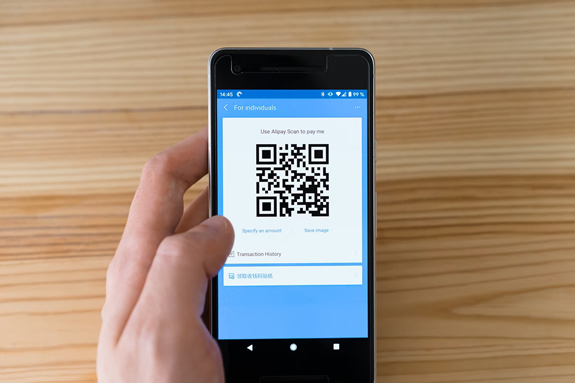
QR Codes vs. Barcodes: Which Should You Use and When?
Posted by : Mercury Labels Ltd on Wednesday, November 24, 2021 in Choosing Your Labels, Barcode Labels.
Contrary to popular belief, QR codes are not as new of a concept as most think; they were actually invented by a Toyota subsidiary as far back as 1994.
Of course, barcodes have been around for significantly longer, their debut having taken place sometime in the 1970s.
Today, both are as omnipresent as each other. Not to mention, just as versatile and useful.
What exactly is the main difference between QR codes and barcodes? More importantly, is there a specific time and place each should be used in place of the other?
QR Codes vs. Barcodes: What’s the Difference?
From a purely technical standpoint, there are no major differences between QR codes and barcode labels. Today, the term ‘barcode’ is used in reference to the familiar horizontal configuration of lines and numbers that adorns almost all products on earth.
This is simply one type of barcode - the term ‘barcode’ actually refers to a wide variety of machine-readable forms of visually encoding data. QR codes are a type of barcode, so the two are technically the same from a technical perspective.
What makes the difference is the way in which a conventional barcode is linear or one-dimensional, whereas a QR code is two-dimensional. With a barcode, the corresponding scanner is used to read and interpret a series of parallel lines horizontally. The lines are translated into numbers or letters, effectively telling the machine and its software what to do next.
With a QR code, the label features an image that consists of a series of black squares against a white background. The corresponding reader scans the QR code both horizontally and vertically. The term ‘QR’ stands for quick response - a reflection of the near-instantaneous interpretation, translation and communication of the information in the code.
QR codes differ from barcodes in that they can store more than 4,000 characters of text or nearly 3,000 bytes of binary data. This enables a QR code to communicate much more information and more complex information than any conventional barcode.
When Should QR Codes Be Used?
The traditional barcode is still the preferred and recommended option for things like product pricing and inventory management. As these kinds of applications require the bare minimum data, QR codes and corresponding readers are not necessary.
Brands and businesses can use QR codes as convenient communication and marketing tools for their products; the vast majority of smartphones can instantly read and decipher QR codes.
For example, QR codes can be used to provide access to extended information that will not fit on a product’s label, direct a customer straight to the menu of a restaurant or provide a quick link to a company’s important certifications, accreditations etc.
If looking to communicate more information than a barcode can contain, a QR code is the recommended option.








